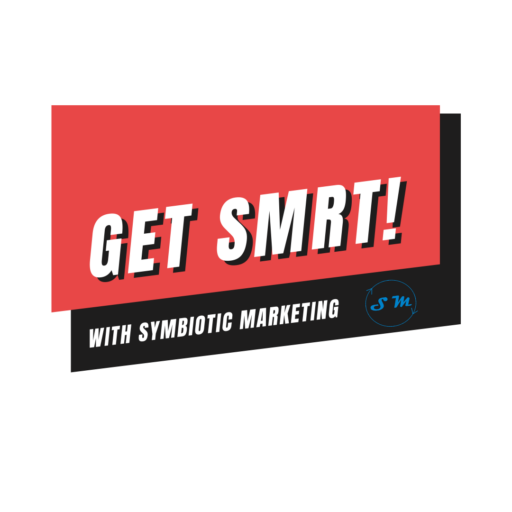When Facebook launched, its mission statement was “help you connect and share with the people in your life.” However, as time progressed, Facebook became much less of a place for friends (and family) to stay connected and more a place for businesses to try to sell you and your friends. Early 2018, Zuckerberg mandated the social media giant to go back to its roots, moving away from passive consumption and placing focus on people – what they say and what they share. This what the Facebook algorithm is based on and why branding is more important than ever.
Branding encompasses a lot of things but as a whole, it tells others about your business. From little things like your business cards to how you want your customer to feel when they do business with you. Branding on Facebook is daunting to many business owners. What to post, when to post, even how frequently to post, it’s a lot. Good news, it doesn’t have to be all consuming.
Assuming your page is completely set up meaning, you have a username (also known as a handle), your template is appropriate for the type of business, your goods and services are showcased, and your About tab is fully completed including “Our Story” if available with your template, you are ready to begin posting on your page.
Frequency of posting changes, however many business owners find a sweet spot with posting 2-3 times a week. Any more than that and there is a chance of diminishing return on your investment – your time! When posting, you will want to ensure that your audience will see your posts, so you will need to know your Insight numbers before scheduling out what and when to post. Checking your Insight tab monthly gives you an overview of how your page performed and what types of posts performed well. While there is a wealth of information there, the most applicable tabs are: Overview, Posts, and People.
Overview will give you figures for your page for the past 7, 14, 21, and 28 days and shows how your page performed overall. The key figures to take from this tab are your reach and engagement figures. These figures tell you about the people (reach) and what they say and share (engagement). This is the algorithm you are working with. Start with what you have and work on increasing those figures through your branding.
The Posts and People tabs tell you more about your audience. When they are online (be sure to adjust for time zone), what types of posts they interacted with, and your audience’s demographic data – age/sex/location. This information tells you when and how to interact with your audience to get them to engage with your page. With this, your posts will be more likely to reach your audience.
It is tempting to post only about your business, but be cautious, it can become too much of a good thing and you will be only speaking to your specific audience, rather than growing your audience. Branding should follow the 80/20 rule, meaning you are giving 80% of the time and asking for something only 20%. The majority of your posts should be giving something to your audience such as: tips and tricks specific to your business, humorous memes or gifs that relate to what you do and sharing others successes or events. Sharing these types of posts show that you are a part of a community and that you care about that community. This also notifies the other business’s audience that you engaged with their post which in turn may lead to more page likes for you. The other 20%, which equals to once or twice a month, you should be asking for your audience to do something. This can be interacting with a contest that you’ve put together, a sale or event that you are asking people to attend, or some other form of action you are asking your audience to perform. No one likes to be sold all the time, but people do like a deal when it comes around.
The Facebook algorithm is not a terrible maze that must be navigated, rather a gentle reminder to business owners that the customer should be our top priority. By shifting to a branding first mentality, our clients have been able to see an increase not only in the quality of their audience, but also ongoing audience growth, and increased awareness and foot traffic to their businesses. It does take time for these changes to take effect, but the reward is what we’re all looking for.
